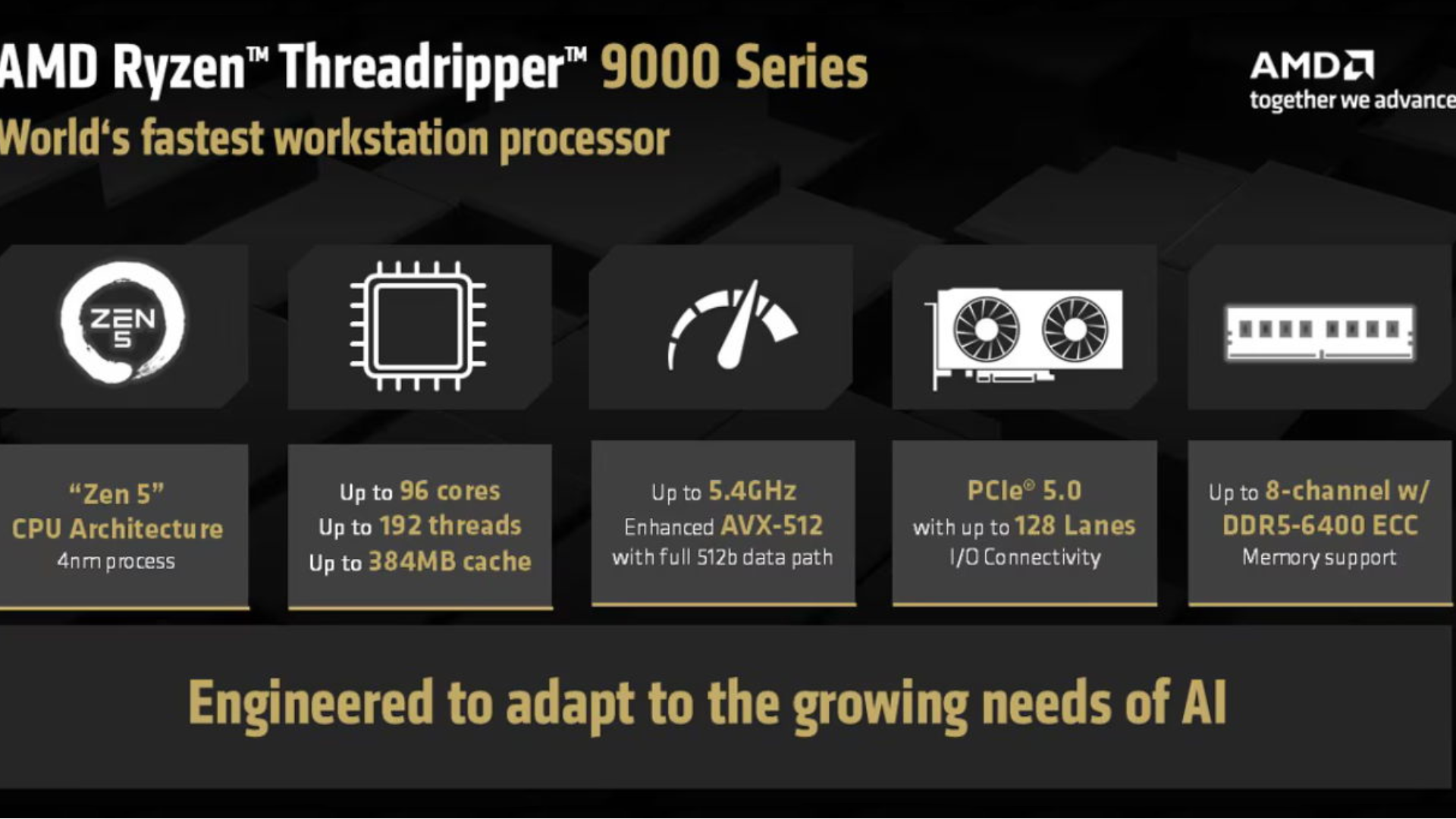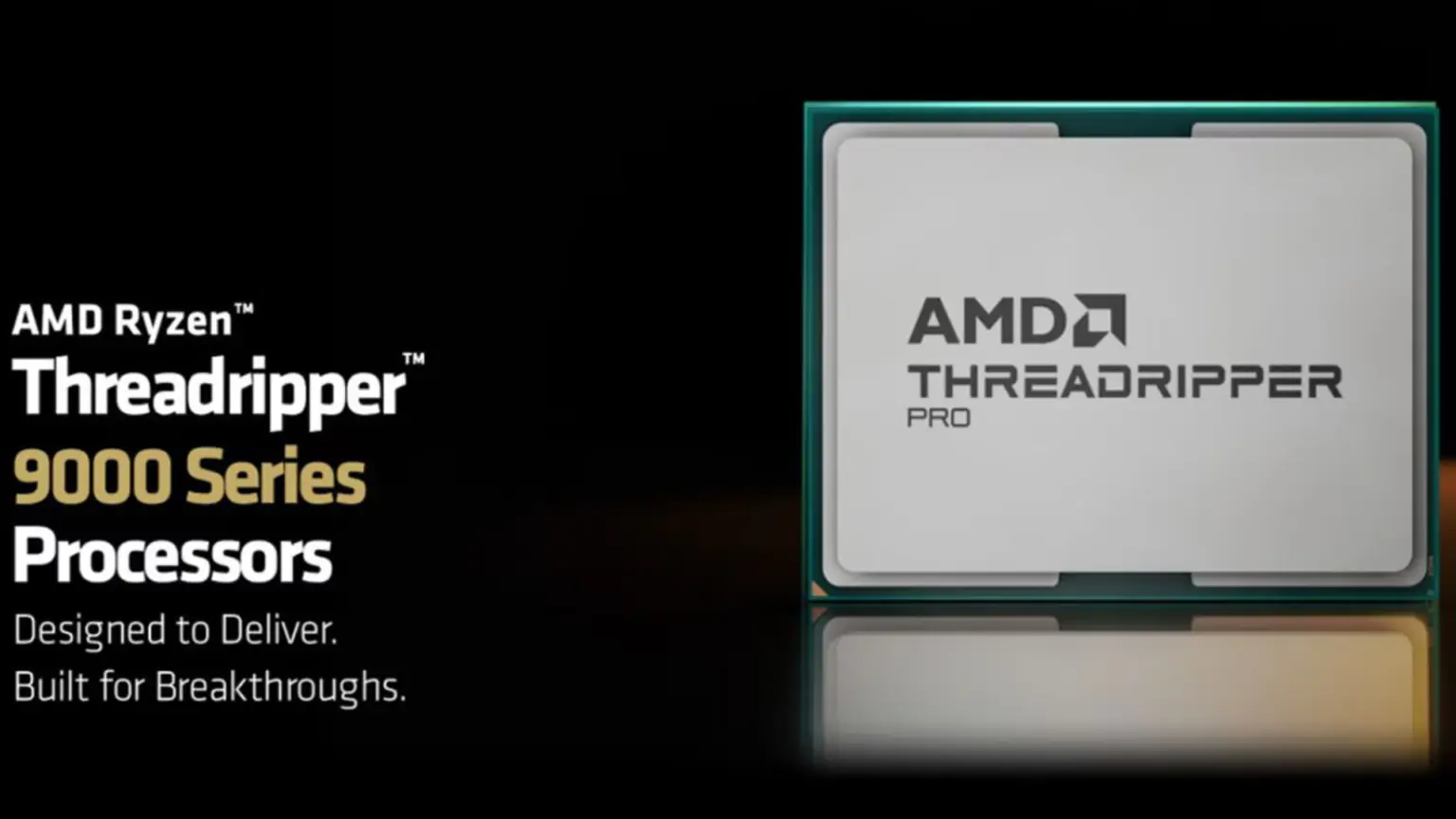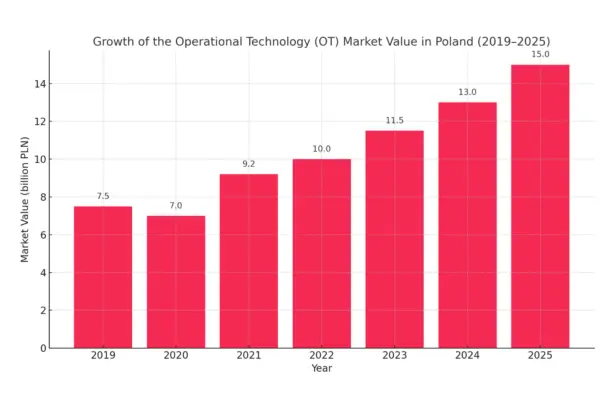AMD is once again making its presence felt in the workstation market. The company has announced the launch of its next-generation Ryzen Threadripper 9000 processors and the Radeon AI PRO R9700 professional graphics card. Both products are set to make their global debut on 23 July and target the HEDT (High-End Desktop) and advanced workstation segments for developers and engineers.
Threadripper 9000 – processors for extreme tasks
The new Threadrippers are AMD’s first HEDT chips based on the ZEN5 architecture, previously unveiled at Computex. The platform, being developed under the name ‘Shimada Peak’, is based on the server EPYC ‘Turin’ chips, but has been adapted for desktop requirements: it gets a TR5 socket, up to 128 PCIe Gen 5 lines and support for DDR5 memory in an 8-channel configuration.
The PRO version reaches the pinnacle of performance in the 9995WX – 96 cores, 192 threads and 128 PCIe Gen 5 lines, all with a TDP of 350W. AMD is targeting the 3D rendering, engineering simulation, video editing and semi-professional sectors with these chips, where the line between the consumer and professional segments is becoming increasingly blurred.

Radeon AI PRO R9700 – AI on the workstation
At the same time, the company is introducing the Radeon AI PRO R9700 professional graphics card – hardware designed for local acceleration of artificial intelligence and rendering. It is a development of the RDNA 4 architecture, with 64 compute units, 4096 shaders and 32GB of GDDR6 memory. Built on the Navi 48 chip in 4 nm lithography, the card offers 640 GB/s throughput and up to 96 TFLOPs of processing power at FP16.
Importantly, the R9700 uses 128 second-generation AI units and fully supports the ROCm environment, making it an interesting alternative to NVIDIA solutions, especially in Linux-based environments.
New deal for OEM and channel partners
AMD plans to distribute the new chips both through the specialist sales channel and in Lenovo, Dell, HP and Supermicro finished workstations. This is a clear indication that the company is stepping up its efforts in the lucrative workstation segment, which is growing with the demand for local power for AI, simulation and creative workloads.










